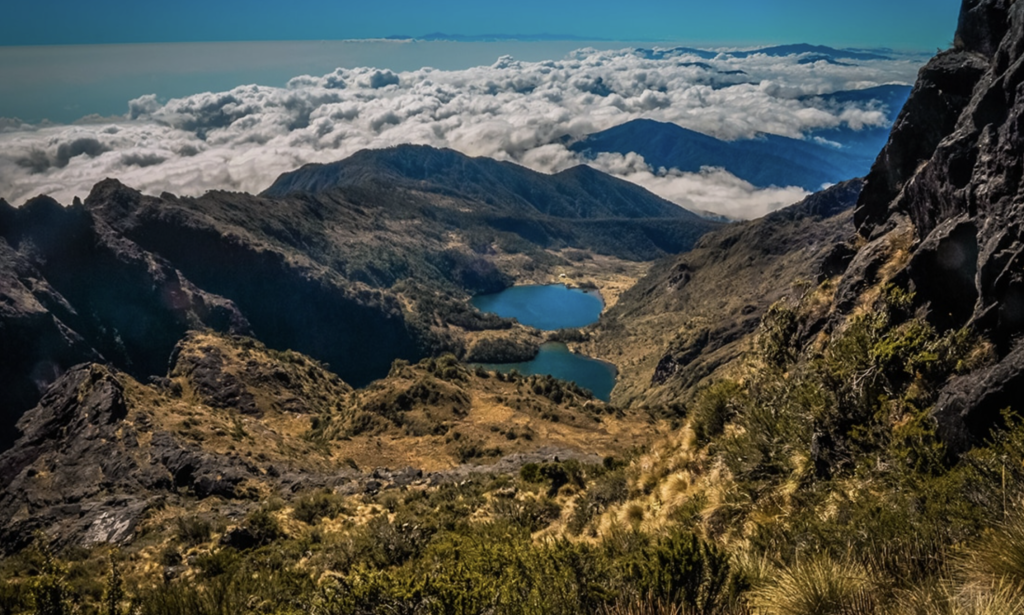Talele Island Overview
Talele Island National Park, known locally as the Talele Islands Nature Reserve, is a protected area located off the northwest coast of East New Britain Province in Papua New Guinea.
Established in 1977, the park encompasses approximately 0.12 square miles (0.31 square kilometers) and comprises a group of 19 small islands situated about 10 kilometers from the mainland.
The terrain of Talele Island National Park is characterized by its pristine coastal and marine environments. The islands are predominantly low-lying, featuring sandy beaches, rocky shores, and dense tropical vegetation.
The surrounding waters boast vibrant coral reefs that support a diverse array of marine life. The lush greenery of the islands provides a stark contrast to the clear turquoise waters, creating picturesque landscapes that are both serene and captivating.
The park serves as a vital habitat for various wildlife species. It is particularly significant for avian fauna, acting as a nesting and roosting site for numerous bird species, including pigeons and eagles.
The beaches of the islands are known to be nesting grounds for sea turtles, which come ashore to lay their eggs. Additionally, the surrounding marine areas are home to giant saltwater stingrays and a plethora of fish species, making it a rich biodiversity hotspot.
One of the park’s notable features is its cultural significance. The islands are considered sacred by the local Qaqet tribe of the Baining people, who believe that spirits dwell there. This cultural heritage adds an intangible value to the natural beauty of the area.
Visitors to Talele Island National Park can engage in various activities to experience its natural splendors. Snorkeling and diving are popular pursuits, offering opportunities to explore the vibrant coral reefs and observe the diverse marine life up close.
Bird watching is another favored activity, given the abundance of avian species that inhabit the islands. The serene beaches provide ideal spots for relaxation and contemplation, allowing visitors to immerse themselves in the tranquil environment.
In terms of conservation, the park faces several challenges. Threats such as nearby mining and logging activities pose risks to the integrity of the ecosystem. Additionally, the lack of formal management and monitoring has led to concerns about the effectiveness of conservation efforts.
However, the cultural reverence held by the local communities towards the islands has contributed to their preservation. The recognition of the area’s ecological and cultural importance has spurred initiatives aimed at protecting its unique biodiversity and heritage.
In summary, Talele Island National Park is a small yet ecologically and culturally significant area in Papua New Guinea. Its diverse landscapes, rich wildlife, and profound cultural heritage make it a unique destination for those seeking to experience the natural and cultural wealth of the region.











































































